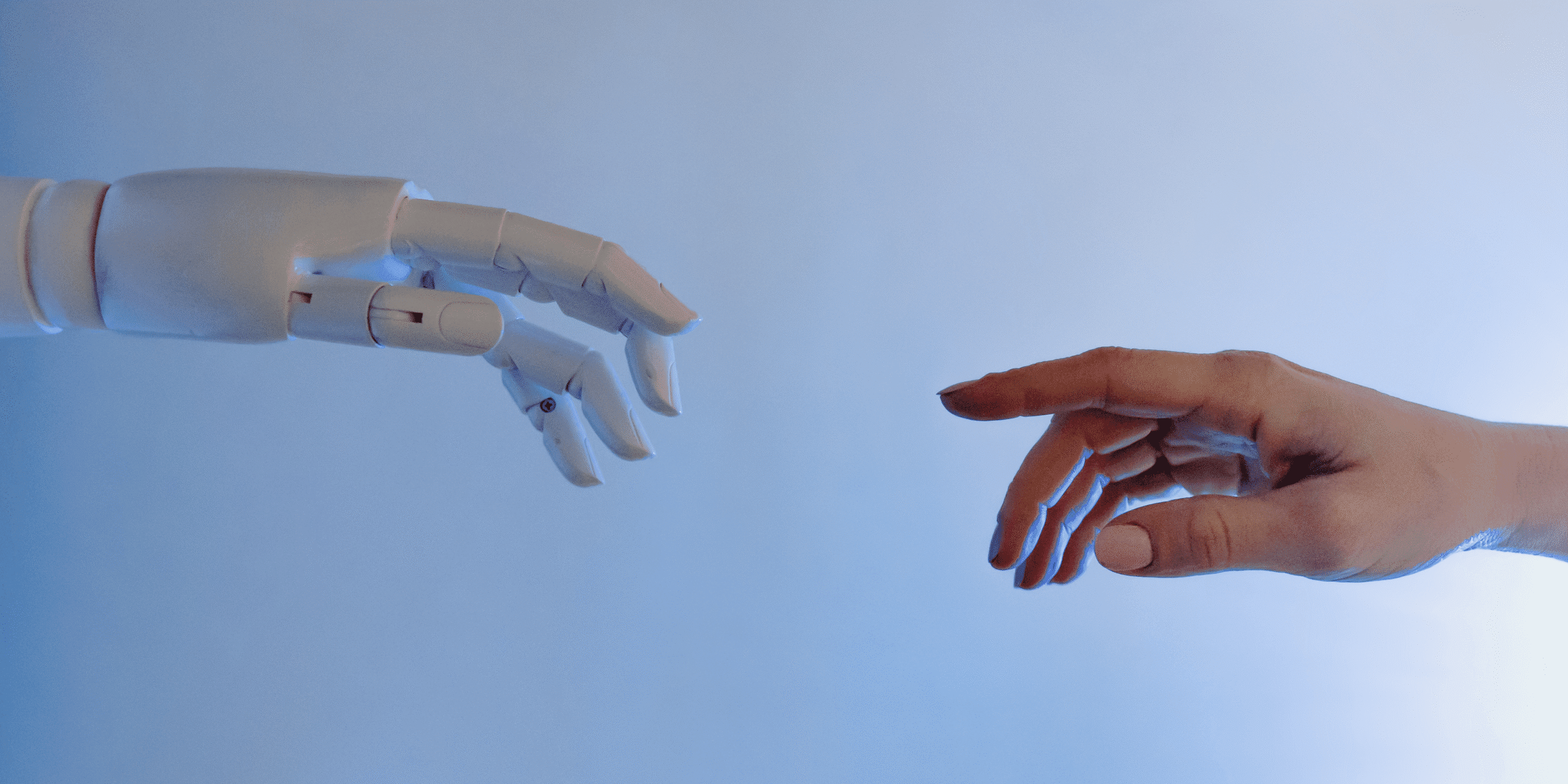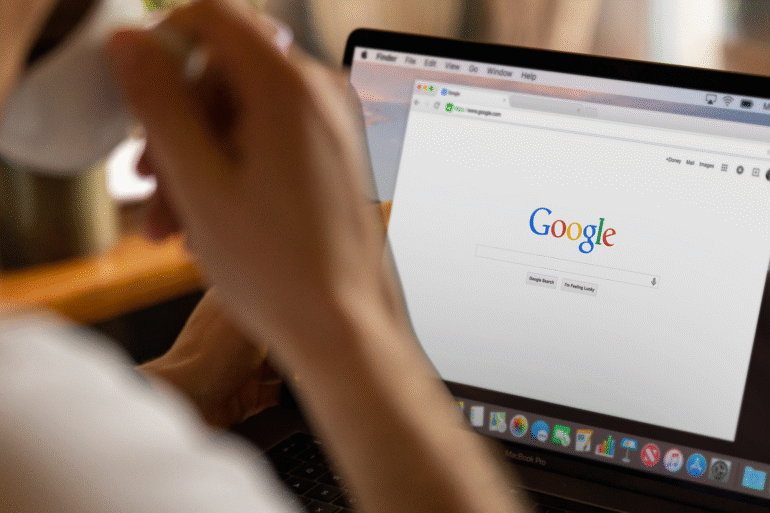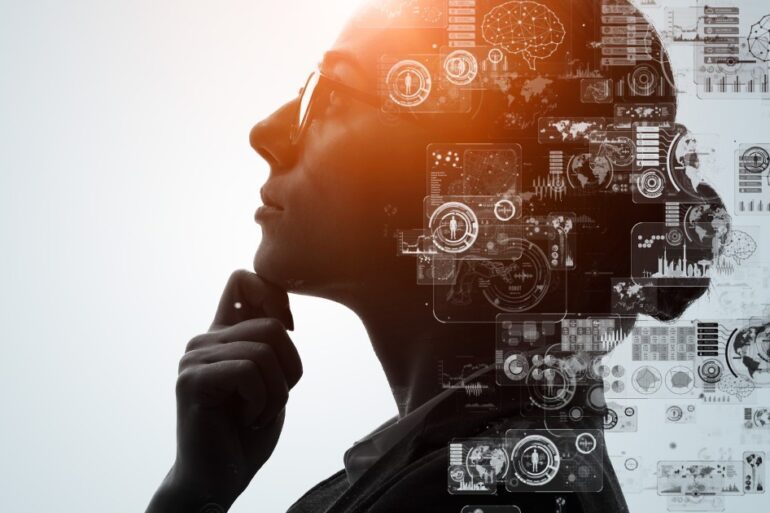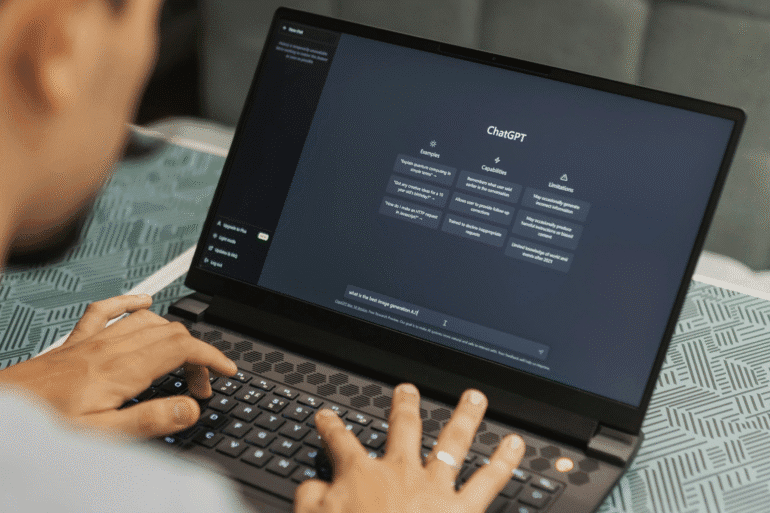New research published in Harvard Business Review reveals a shift from highly technical to deeply emotional and practical applications.
In just a year, the way people use generative AI has changed dramatically. It’s no longer just about coding help and content generation, it’s now a go-to tool for emotional support, everyday productivity, and even life purpose. And with cheaper access, smarter tools, and a growing number of AI models hitting the market, usage is expanding faster than anyone expected.
Based on the research conducted by HBR, the top three AI use cases of the year say a lot about where users’ priorities are: 1) Therapy and companionship, 2) Organizing daily life, and 3) Finding purpose.
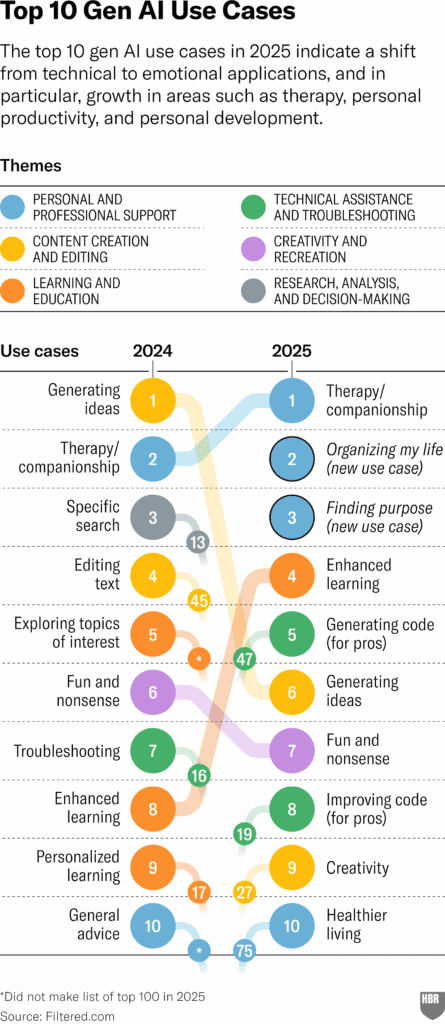
This signals a clear shift. People are turning to AI not only to do things but to feel something, to get clarity, connection, and support.
In many parts of the world where access to mental health care is limited, AI tools became a stand-in for human support because it is always available, judgment-free, and often free to use. While researchers still debate its long-term effectiveness, many users say it’s already making a difference.
Tools like ChatGPT and Claude are helping people take control of their everyday lives. From setting up home organization systems to mapping out personal goals, people are relying on AI for structure and accountability. And “finding purpose” is now a trending use case. Users are turning to AI to sort out their values, explore career pivots, and reframe problems. It’s less about productivity hacks and more about self-awareness and intentionality.
Related story: Voyager Station: The world’s first space hotel will literally be out-of-this-world luxury
Related story: Finding Cupid? Here’s how Viber Dating lets you feel the spark and skip the scam
Related story: Sick of Google’s AI summaries? Try swearing at it instead
AI as a life companion
This year’s top 100 AI use cases show a clear shift toward emotional and personal needs. Compared to last year, fewer people are leaning on AI purely for technical assistance. Instead, most of the top use cases now fall under broader categories like personal support, learning, and creativity.
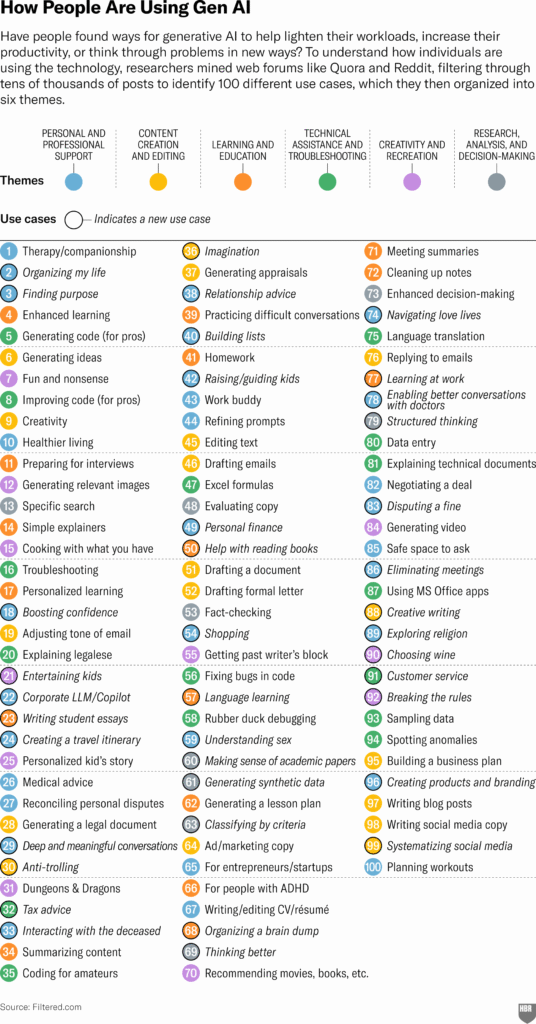
There’s a noticeable decline in technical tasks like troubleshooting and a big jump on supporting self-growth and mental well-being. Some use cases from the full list of 100 show just how embedded gen AI is in day-to-day life.
AI is now helping with everyday tasks that used to take a lot of time. The research found out that some use it for meal planning where they just ask for recipes that match their diet goals. Some use AI to explain lessons or clean up notes and surprisingly, it is also turning into a travel companion because they use it to plan trips based on their schedule, budget, and interests and the technology delivers.
Related story: The dark side of the trending Studio Ghibli-inspired AI creations
Related story: What is DeepSeek, the AI startup that shook the tech world?
Related story: 14% of Filipino workforce at risk of losing their jobs to AI. Here’s how to protect your career
More tools require more awareness
AI has come a long way. New players like DeepSeek and Grok are joining the scene, while big names like OpenAI and Google continue rolling out features like voice commands, smarter memory, and customizable chatbots that make these tools easier to use and more responsive to our needs. People are also learning how to use AI more effectively, realizing it works best when you ask clear, specific questions.
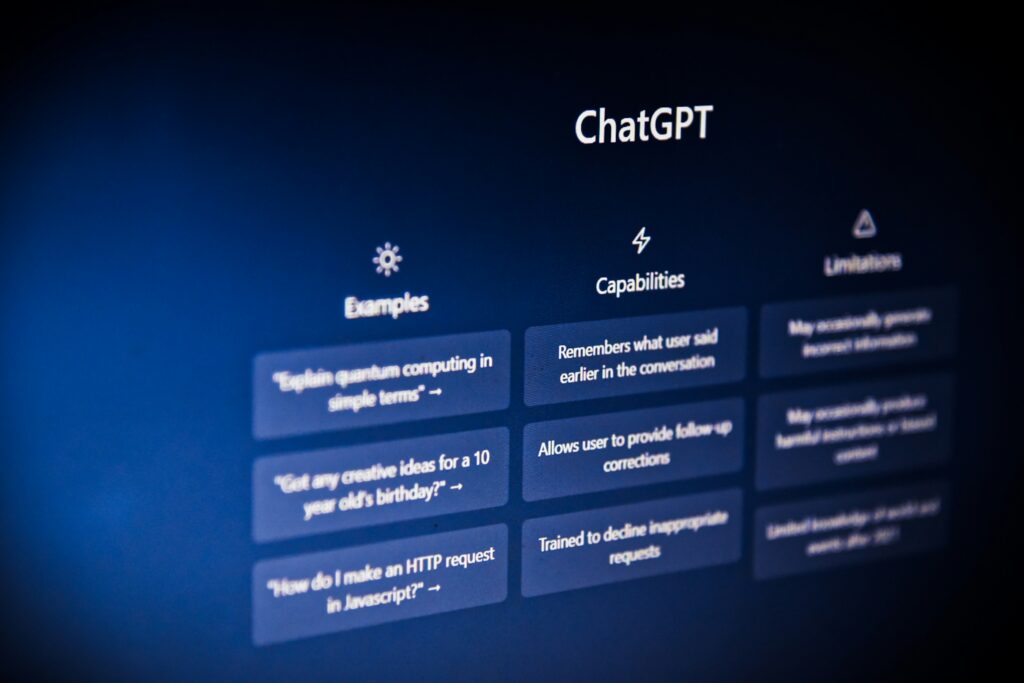
But as the tools get smarter, the concerns grow too. Many users are uneasy about how much data is being collected, where it’s going, and who really has access to it. At the same time, others feel frustrated that AI doesn’t remember them well enough, wishing it could hold onto past conversations to feel more helpful and personalized.
It’s a tricky balance. We want AI to be intuitive and useful, but we also don’t want it peeking too far into our lives. The tension between convenience and privacy is something users are becoming more aware of as these tools become more integrated into daily life.
What’s coming next?
For now, the safest prediction is also the simplest: AI will keep getting better, and so will the ways we use it. What started as a tool for work or school is now something more personal, woven into our habits, goals, and even how we take care of ourselves.
And if this year is any indication, we’ve only just scratched the surface.
Related story: Meta is done with fact-checking: What this means for Filipino users
Related story: AI relationships: Yay or nay?

